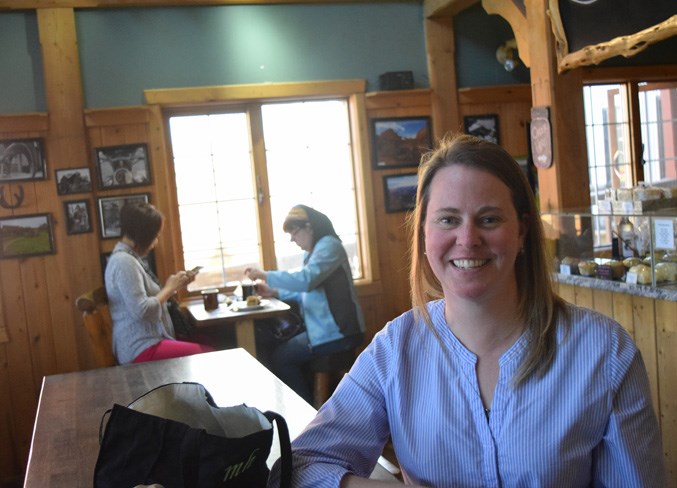For Michelle Hounslow it wasn’t so much a matter of if she’d need a kidney donation but when.
“I have been dealing with kidney disease and damage for three-quarters of my life. I was quite sick when I was young with an autoimmune disease,” said Hounslow.
Although Hounslow experienced a remission during her high school years, the condition of her kidneys began to decline rapidly about five years ago. With her kidneys functioning at 25 per cent of their potential, her doctors decided it was time to look for a transplant.
Living donors are the best option for a kidney transplant and Hounslow was lucky enough to have friends and family who were aware of her issue and more than willing to be her organ donor.
“My doctor told me that that only six per cent of people who need a transplant find an appropriate donor before they need to go on dialysis,” said Hounslow.
“But he said, ‘you’ll be one of those six per cent’.”
The kidney donation came from Hounslow’s friend of 15 years, Craig Cooper, who was found to be a blood and tissue match after going through several months of testing.
“He’s always been like a brother to me,” said Hounslow. “I’m always amazed at what he did.”
Before the transplant, Hounslow did not exhibit the traditional symptoms of kidney failure – swollen hands and ankles due to high water retention and itchiness caused by toxins being filtered through the skin rather than the kidney.
Kidney failure took its toll on her in other ways.
“I was exhausted. There was really no hope of physical activity. I had to miss out on opportunities – going on trips or doing extensive adventures that I used to do,” said Hounslow. “I was in a really big brain fog too.”
After a successful transplant in May of 2018, Hounslow’s condition has truly taken a 180-degree turn.
“I’m able to do a lot more of the things I want to do as a parent. I’m able to do a lot more of the things that I want to do as an individual as well,” she said.
Hounslow is set to compete as a swimmer in the 2019 Summer World Transplant Games – a competition for transplant recipients, run by the World Transplant Games Federation to raise awareness for organ donation – in Newcastle, England in August.
“I love swimming and I can actually physically do it again,” said Hounslow. “That’s what organ donation really does.”
There is a constant demand for organ and tissue donation in Canada.
“There are approximately 4,400 Canadians waiting for a lifesaving organ or tissue transplant. On average, 250 Canadians die each year waiting,” said Ross FitzGerald, communications specialist for Canadian Blood Services.
Despite high approval rates for organ and tissue donation, Alberta has one of the lowest numbers of registered donors in the country, according to the Alberta Motor Association.
The registration process can be done online at myhealth.alberta.ca, in-person at a registry office, or by signing the back of your healthcare card. To register as a living donor, you must either mail or fax a signed donation consent form to the Alberta Organ and Tissue Donation Registry, register your consent at a Registry Agent office, or have the signing of your Alberta healthcare card witnessed.
“It’s not difficult but people need to do it,” said Hounslow.
April has two events acknowledging organ and tissue donations.
The first is Green Shirt Day on April 7 in honour of Logan Boulet, one of the Humboldt Broncos who died last year. His decision to be a donor saved several lives after his death and convinced many Canadians to register as donors. Canadians are encouraged to wear green shirts on this day and talk with friends and family about organ donation.
National Organ and Tissue Donor Awareness Week (NOTDAW) runs from April 21-27. NOTDAW was enacted through Bill C-202 in 1997 and serves to increase public awareness of organ and tissue donations as well as increase the pool of registered donors.




